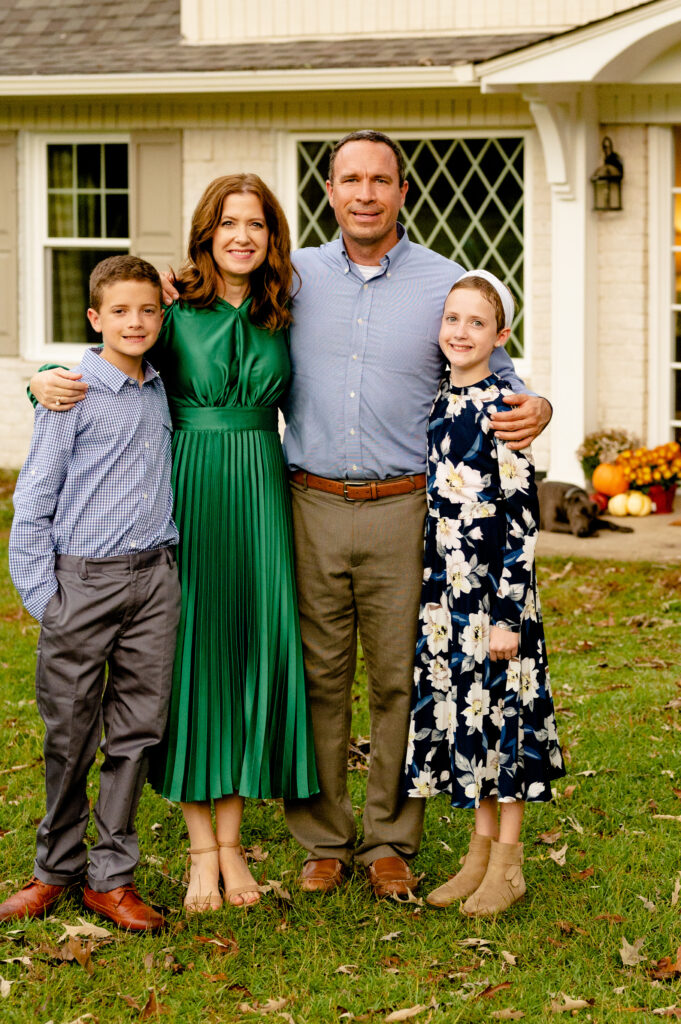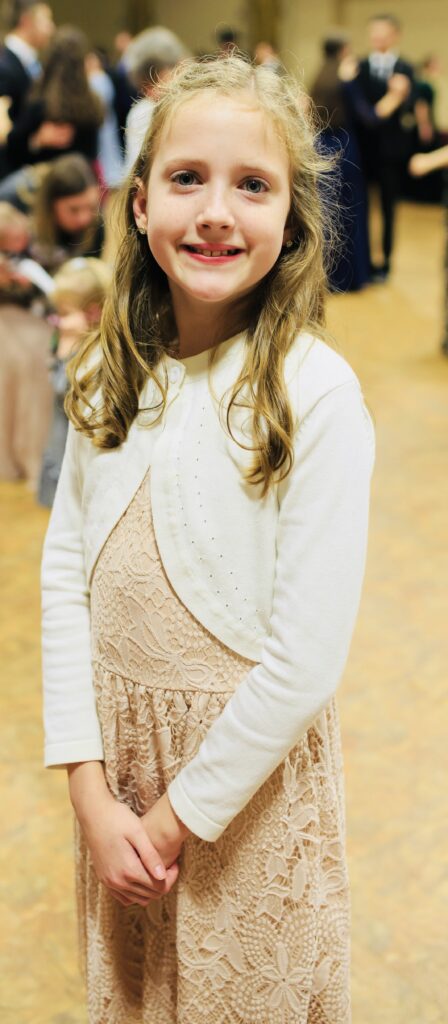Have we ever considered why female volleyball players wear the equivalent of underwear while males wear long shorts? Why, when my son’s soccer team played a co-ed team, the girls wore very short shorts while the boys wore long ones?
Pope Pius XI spoke strongly about athletic uniforms with insufficient fabric, stating:
Let parents keep their daughters away from public gym games and sports contests; but, if their daughters are compelled to attend such exhibitions, let them see that they are fully and modestly dressed. Let them never permit their daughters to don immodest dress.
In high school, I believed the lie that I looked good when I looked provocative, and my journey to honorable clothing was a long one. When I was blessed with my daughter, Josephine, I wanted to do things right and help her learn more quickly what took me so long.
Sheryl Collmer said it well in her recent article: “There is something special about little girls, something precious, quickly lost and unrepeatable . . . little girls all hope and promise, especially girls being raised to honor and love Jesus.” My Josephine was precious, a lily among thorns, a quiet pool in a noisy world.
I wanted to guard her from those who would undress her, so I taught Josephine about clothing in four ways: through talking about tastes and building outfits, defining appropriate guidelines with sufficient fabric, open discussions around examples set by others, and helping find a supportive group of peers with similar values.
With regard to building outfits, Josephine and I shared our mutual delight in beauty, even though we had very different styles. I would say things like, “Look how pretty that is” or “You look beautiful.” Josephine preferred dainty prints and muted colors, while I like clean lines and bold prints, so we laughed about our different preferences. The emphasis was on celebrating our feminine beauty and not being afraid to shine.
We women stand out when we dress in a lovely way, and people notice. It is not vanity to be pretty and decorous. Vanity means that I want to draw attention to myself. But a woman is inherently beautiful, by virtue of who she is, and it is the privilege of woman to honor her personal worth and elevate society through her loveliness. So, I need not be afraid to be noticed.
I wanted Josephine to know that she was very good, body and soul. Her body was good and as much “herself” as her soul is. So, if a garment showed too much skin, we would say, “That’s embarrassing” or “That’s uncomfortable,” rather than “That’s immodest.”
The term “modesty” has become synonymous with “ample fabric,” which is an impoverished understanding of the virtue of modesty in dress. By focusing exclusively on fabric lengths, the modesty movement can make women feel negatively shamed for showing too much skin. I wanted my daughter to never feel badly about her body. Josephine was a gift, inside and out, and need not hide her beautiful body out of fear.
Rather than being taught to hide her body, Josephine naturally desired to cover herself. In my experience, little girls are intrinsically self-protective, until they are taught to show skin. The Catechism says that “modesty protects the intimate center of the person. It means refusing to unveil what should remain hidden” (CCC 2521). We tend to think that the “intimate center of a person” refers to the sexual organs. But, for millennia, our ancestors viewed shoulders, back, belly, thighs, and knees as “intimate.” Those were the standards of fabric coverage that Josephine and I followed.


In my family, we follow the Vatican dress code—fabric from upper chest to well over the knees, with shoulders covered—because, if it’s appropriate for honoring the sacred place that is the Vatican, it’s appropriate for honoring the Holy Trinity within me. It was difficult to find clothing with sufficient fabric, so Josephine paired a sweet white blouse under a strappy sundress. Or, she wore a short dress with cute leggings beneath. For swimming, she preferred a long-sleeved rash guard with a swim skirt.
Third, we spoke about other women with compassion and kindness, especially when they dressed in revealing ways. From provocative magazine covers to billboards for tanning salons, Josephine was inundated with images of provocative women. I wanted to teach her that women were worthy of honor, not lust. So, I said things like, “That poor woman is someone’s daughter. She is beautiful and precious. Let’s say a prayer for her.” Then, we turned the magazine around, in order to give the woman privacy.
When Josephine asked me about restaurants like Hooters, I remarked with sadness that those were places where women were harmed. I wanted her to understand that it was a sorrow to objectify a woman’s body.
It was the same when we prayed at an abortion facility. When the children asked why I was crying, I explained that this was a place where mamas and babies were hurt. When Josephine was diagnosed with leukemia soon after her 4th birthday, she told me that she wanted to offer her chemo as a sacrifice, as Our Lady of Fatima had taught the children, for the end to abortion. Oh, my heart.
Josephine internalized the view of clothing as an opportunity for loveliness and a garment to preserve her feminine hiddenness. As she got older, however, it became difficult because she felt different from the other girls; she wanted to fit in, even if that meant changing her standards.


I learned that to support my daughter she also needed peers to support her values. We helped her find a supportive group of girls who dressed with similar standards, so that she could feel confident in her interior dress code.
When Josephine died at age 11, after a long battle with leukemia, she chose to be buried in a pink sequined party dress. She knew that she was a beautiful daughter of her Heavenly Father, and she was ready to dance for Him in the beatific vision.
Every woman is made to be a sort of mystery in the world, a garden enclosed. In a culture where women are mistreated and sexualized, we can protect our daughters by teaching them to delight in lovely clothes, to honor their bodies, and to have compassion on wounded women. We can build a culture of beauty where our daughters are strong, smart, brave, and lovely.
Editor’s Note: For more on Catholic fashion and beauty, read this author’s book, A Return to Beauty: Ancient Catholic Wisdom and Modern Fashion, available from Amazon.
Photo by Douglas Lopez on Unsplash
















